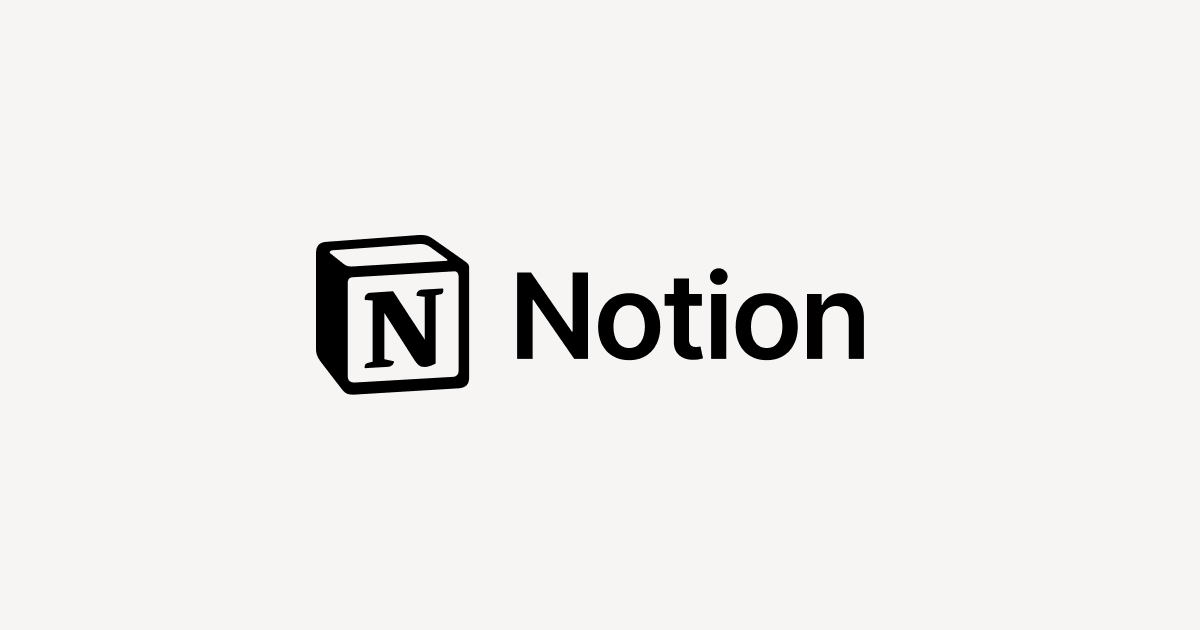
Webflow
Unlock your creativity with Webflow! Enjoy an incredible 70% discount on your first year, empowering you to design stunning websites effortlessly. Transform your ideas into reality today—build, launch, and grow with ease. Don’t miss out!

When pixels meet purpose and your digital dreams demand more than drag-and-drop mediocrity, the quest for the perfect website builder becomes your entrepreneurial battleground.
I've witnessed countless creators trapped in template purgatory, their unique vision suffocated by limited design capabilities. Your website isn't just a digital placeholder—it's your brand's most powerful storytelling platform.
Choosing a website builder isn't just about creating pages—it's about crafting digital experiences that convert, engage, and amplify your brand's unique voice.
Strategic Insight: Your website is your most powerful marketing asset. Choose a platform that grows with your vision, not one that constrains it.
Before committing, evaluate:
Pro Tip: Most platforms offer free trials. Test, experiment, and discover your perfect digital home.
The digital landscape rewards bold creators who refuse to settle for template mediocrity. Your website is more than code—it's your brand's digital DNA.

Unlock your creativity with Webflow! Enjoy an incredible 70% discount on your first year, empowering you to design stunning websites effortlessly. Transform your ideas into reality today—build, launch, and grow with ease. Don’t miss out!

Unlock an incredible 75% off with Weebly! Build your dream website easily using drag-and-drop tools, stunning templates, and powerful eCommerce features. Elevate your online presence effortlessly and start your journey today! Embrace creativity and success with Weebly.
Unlock your dream website with Wix! Enjoy an incredible 70% off on premium plans. Create stunning sites effortlessly with advanced design tools and seamless integrations. Don’t miss out—transform your online presence today and make your vision a reality!
Unlock your online potential with Carrd! Enjoy an exclusive 70% discount on premium features. Build stunning one-page sites effortlessly—no coding required. Start creating beautiful, responsive sites today and turn your vision into reality! Visit Carrd now!
Unlock 75% off your Jimdo subscription today! Build stunning websites effortlessly with our intuitive drag-and-drop editor, responsive templates, and powerful SEO tools. Elevate your online presence and start your journey towards success with Jimdo now!

Unlock your productivity with Notion! Enjoy an incredible 70% discount on plans designed to organize your life, collaborate seamlessly, and unleash creativity. Transform your workflow and elevate your projects in one powerful workspace. Don't miss out!